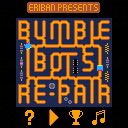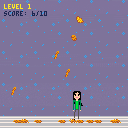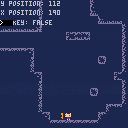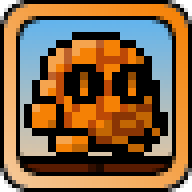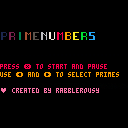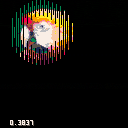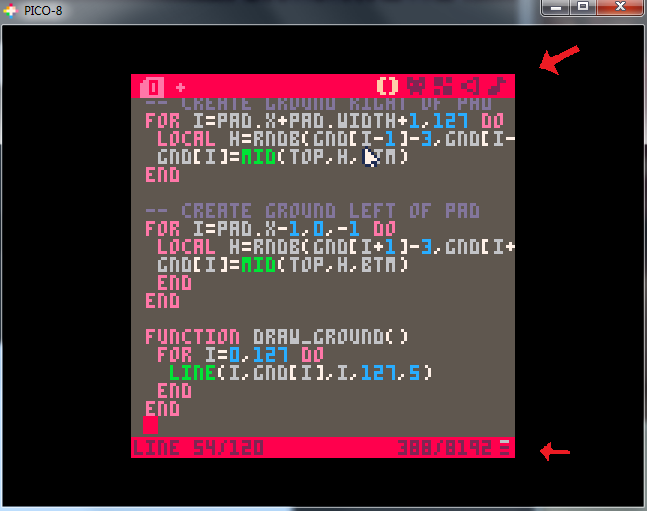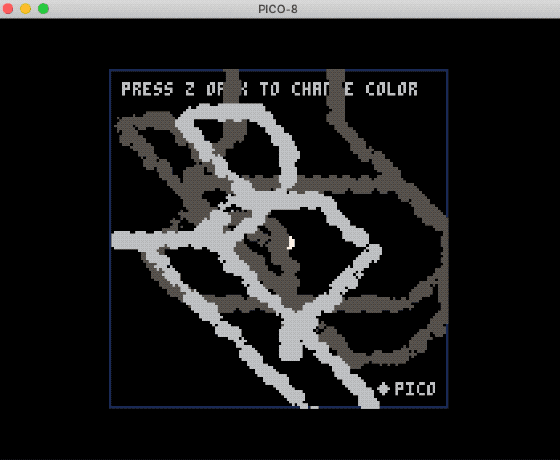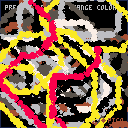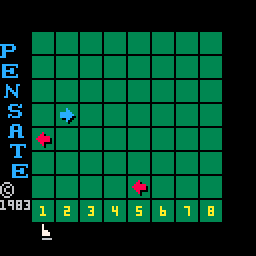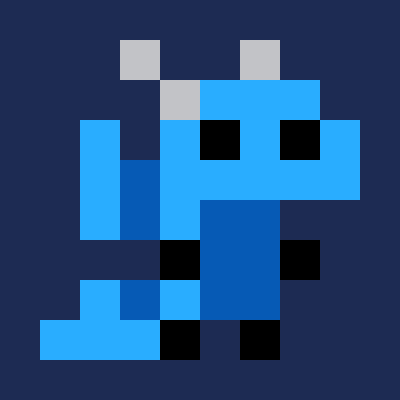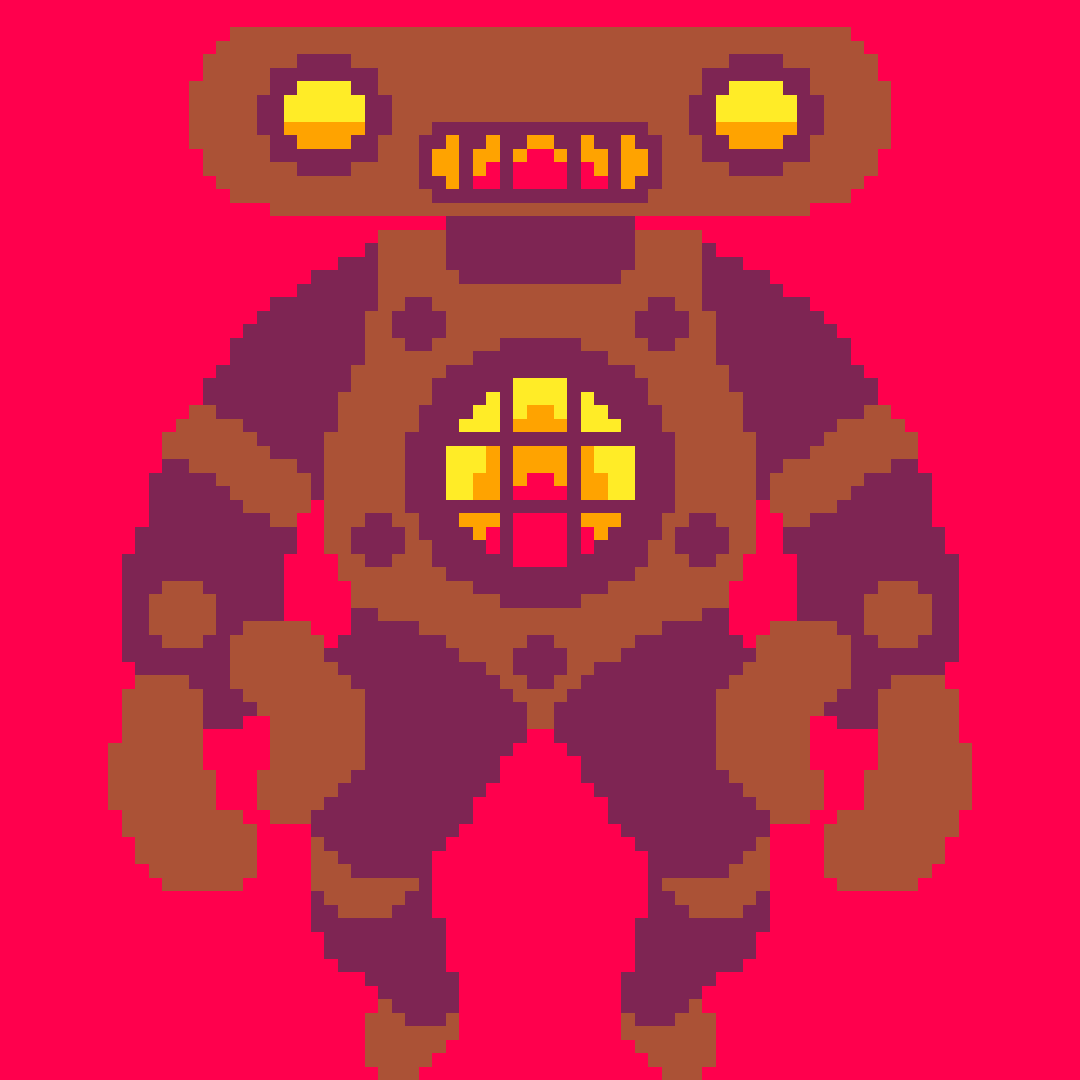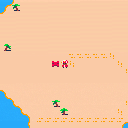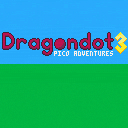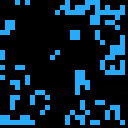can someone explain to me how to get a sprites bounding box?
I have this code which reads from the center of a sprite and keeps checking above it until the pixel is 0 or its at the top of the sprite.
function boxt(s,x,y,w,h)
local sx1=flr(s%16)*(w*8)
local sy1=flr(s/16)*(h*8)
local sx2=sx1+(w*8)
local sy2=sy1+(h*8)
local cx =4
local cy =4
//find 0 pixel or top
while sget(sx1+cx,sy1+cy) != 0 or sy1+cy > sy1 do
cy-=1
end
sspr(sx1,sy1,sx2-sx1,sy2-sy1,x+cx,y+cy)
return cy+y
end |
however it doesn't seem to work
local s,x,y=22,63,63 function _draw() cls(1) if(boxt(s,x,y,1,1) > 0) then y-=1 end //spr(s,x-4,y-4) end |


Bumble Bots Re-Pair is a difficult action puzzle game. In the game you need to re-unite (re-pair) bots by fixing the paths they traverse. Can you complete all ten levels?
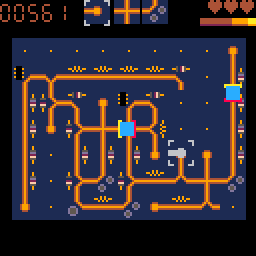
Credits
The idea for this game was created during this year's Global Game Jam, where the theme was "repair". It's a spin-off of the Robo Re-Pair game that we created during the jam.
The music was created by my brother and first used in my original Bumble Bots game (Low Rez).
Tips
The tiles that you are offered are randomly selected. However, you will always be offered tiles that fit somewhere on the grid. Furthermore, the tiles on offer will be unique. The order in which you place tiles and where you place them therefore matters. Exploit this to increase the odds that you get favourable tiles.
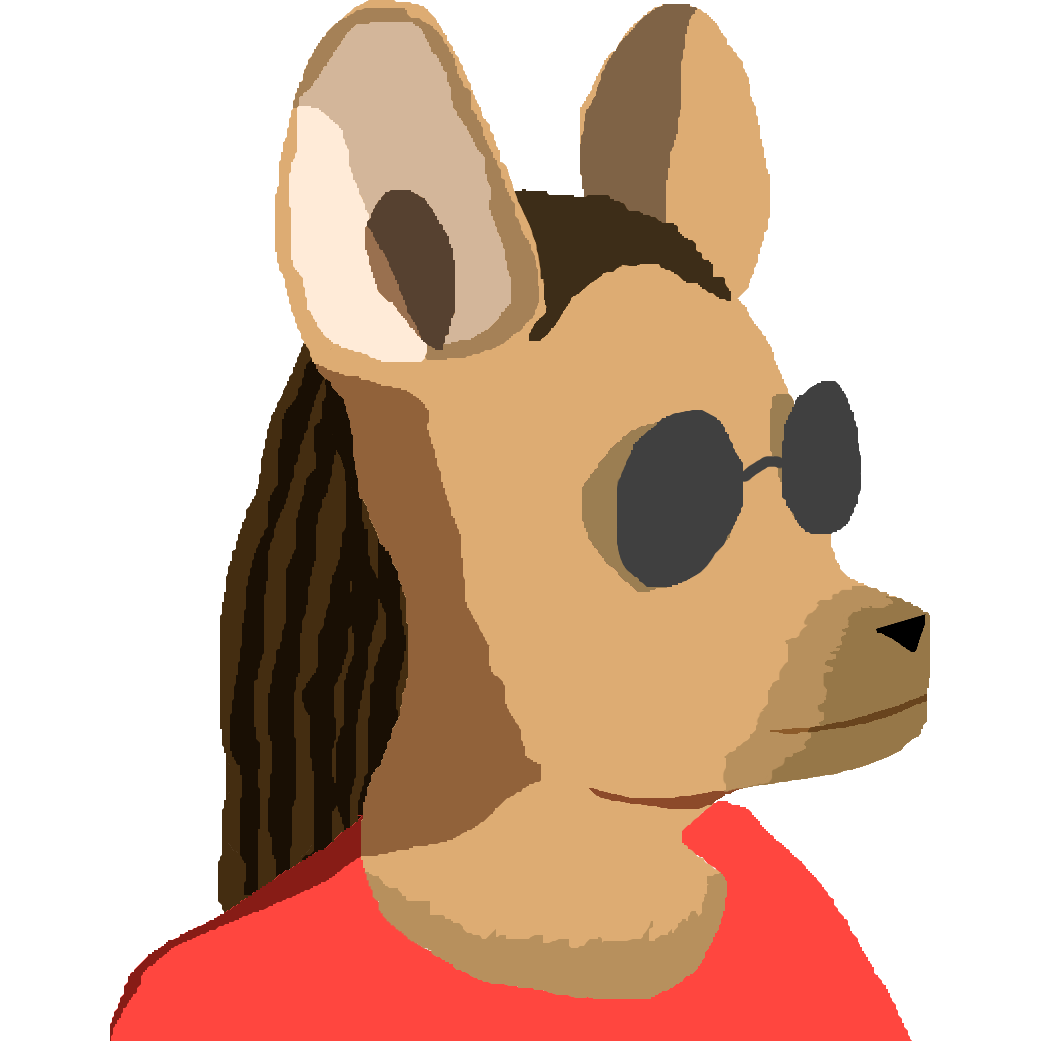



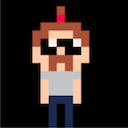
------------------------------------------------------------------------
-- takes a string describing a map and the width of the map
-- other parameters reimplement map()
-- example "0123456789abcdef",4 represents this 4x2 map:
-- [[0x01,0x23,0x45,0x67],[0x89,0xab,0xcd,0xef]]
function mapstring(mapstr, mapw, celx, cely, sx, sy, celw, celh, layer)
-- remove[] to save tokens by making parameters mandatory
ms, celx, cely, sx, sy, celw, celh, layer =
ms or "", celx or 0, cely or 0, sx or 0, sy or 0, celw or 1, celh or 1, layer or 0
for y=cely, cely+celh-1 do
for x=celx, celx+celw-1 do
local sprnum = tonum("0x"..sub(mapstr,(y*mapw+x)*2+1,(y*mapw+x)*2+2))
if sprnum>0 and band(layer, fget(sprnum))==layer then
spr(sprnum, sx+(x-celx)*8, sy+(y-cely)*8)
end
end
end
end |
This might be useful for games that define a large number of small maps (like metroid or zelda screens).


This function uses bresenham's algorithm mirrored to the 8 octants, filtered by angle for the desired arc angles. It's so slow as to be useless; there are much better arc functions on the BBS already. I'm posting it for posterity and future reference, and because it inspired me to come up with a handy octant-range asin() approximation that might actually be useful
-- approximation of asin(d) for 0<=d<=.7071 -- exact at d==0, d==sin(1/16), d==sin(1/8) -- max error .0021 at d==sin(3/32) in given range -- error within that max beyond bounds up to d==sin(.137) function delta2angle(d) return d * 0x.29cf + (d > 0x.61f8 and (d - 0x.61f8) * 0x.0785 or 0) end function arc(x, y, r, a1, a2, ...) a1 %= 1 a2 %= 1 if (a1 == a2) pset(x + r * cos(a1), y - r * sin(a1), ...) return a2 = a2 + (a1 > a2 and 1 or 0) -- ensure a2>a1 dx, dy = r, 0 while dy <= dx do a = delta2angle(dy / r) for flip_x = -1, 1, 2 do for flip_y = -1, 1, 2 do [ [size=16][color=#ffaabb] [ Continue Reading.. ] [/color][/size] ](/bbs/?pid=73025#p) |
We were fiddling with another project and realized that, because we were using sspr() to resize images, we didn't actually know where all the pixels were - and we wanted to know, because we wanted to cast a shadow that was the colors of what was below but in shadow. And we realized that PICO-8 lets you look at the screen in the code, and then the concept of green screen popped into our head, and then we got to work.
It's not minimized and it's not optimized - if you tell it to chromakey the whole screen, it'll chew through the entire CPU budget with change (ask us how we know!) - but I think it's readable enough that people can hack on it. We haven't tested it extensively, but we made sure it respected the current clipping rectangle and restored it before it exited, because that seemed like the correct thing to do.



x,y,w,h=64-10.75,64-10.25,20.5,20.5 rectfill(x,y,x+w-1,y+h-1,8) clip(x,y,w,h) rectfill(x,y,x+w-1,y+h-1,11) circ(64,64,12,12) |

Note that on the top and left the circle extends to the edge of the rect, as is expected since the rect was drawn to match the impending clip region. Note the extra row on the bottom, inside the original rectfill, outside the clipping rectangle.
I think this is a bug. At the very least, it's a place where the documentation needs to be clarified.
(the circle being off center is irrelevant)

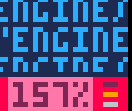
Sometimes your cartridge fits in the token count, but not the characters count / compressed size, so you can't export it until you reduce the number of characters in the cartridge. You'd also like to keep comments, meaningful variable names and even debug code where you can, in case you're gonna continue working on the code.
One way to do this is to use a build pipeline:
- copy your source file(s) to an intermediate directory
- process file(s) to reduce code size
- output final cartridge
If you use picotool or work with compiled languages, you should be familiar with that process. It may sound a bit overkill for PICO-8, but is very useful if you're stuck in the case mentioned above.
This is what I do when working with my custom framework pico-boots, but while I don't think many devs would be interested in using a complete framework for PICO-8 written by somebody else, they may be interested in the individual processing steps described below. You can always refer to pico-boots' repository for implementation details.


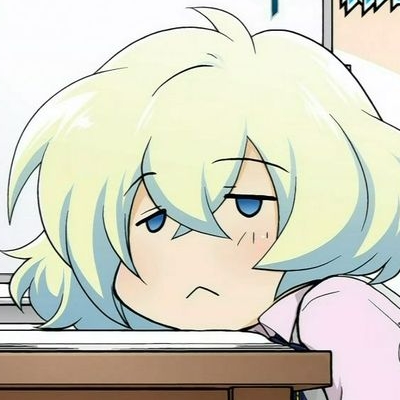
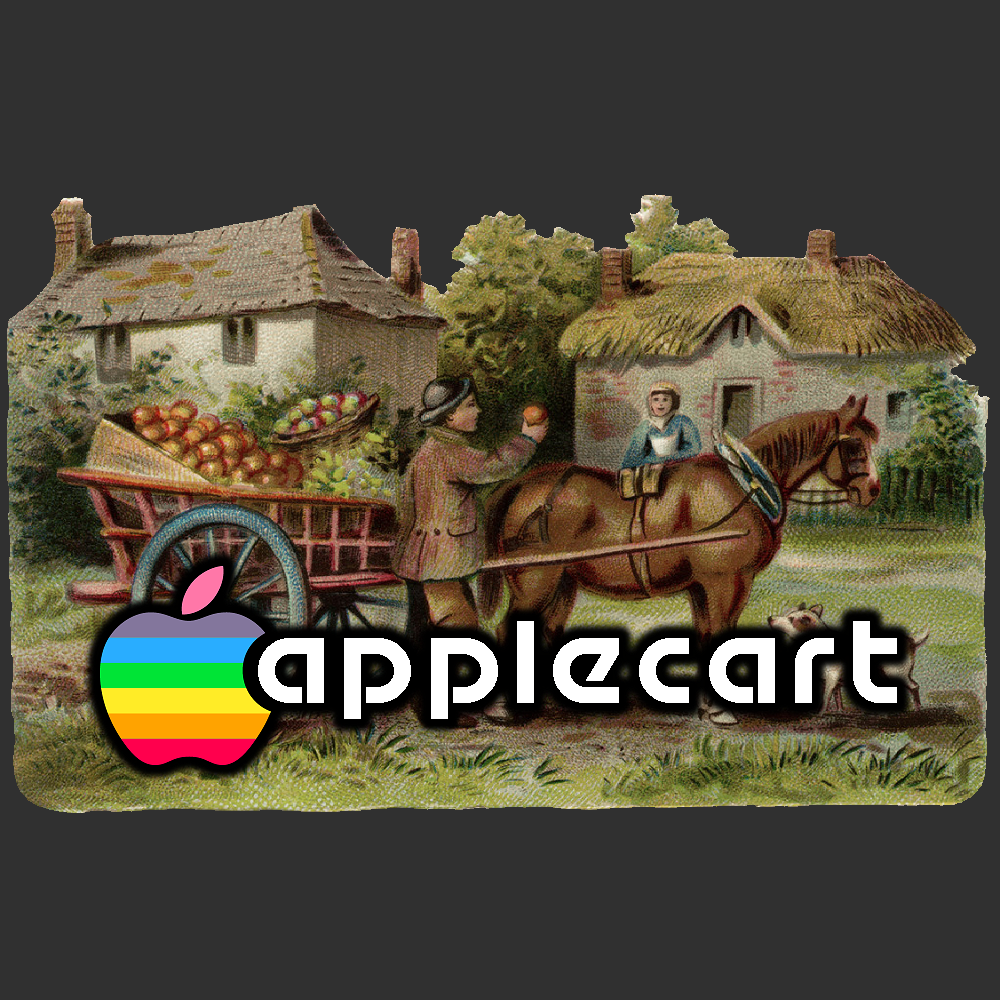
To see what's been done in Applecart so far, go HERE:
https://www.lexaloffle.com/bbs/?tid=36727
This was supposed to be posted Sunday but I get detained, so here it is Monday. Better late than never, right ? :)
Continuing the Applecart we were going to do five stages of the Apple puzzle game, PENSATE.
- Sprites and game appearance (due now, I finished mine all in just an hour)
- Movement of sprites and player (due 02-09-20)
- Menus and scoring (etc)
- Sound
- Cleanup and completion
For more information about this cart, go HERE:
https://www.lexaloffle.com/bbs/?tid=36727
You should have already completed numbers 1 and 2 over this 2-week period. Here is a video of my version of current PENSATE for Pico-8 based on the original game for the Apple ][.
As you can see like the original you get a chance to choose where to place the player at the bottom for your first move and after that, at least for the first few levels, you get one move for yourself and one move for your opponents.
Explore a bunch of squarish islands, dig up some treasure, leave your footprints!
Experimenting with noise map generation combined with auto-tiling.
Controls:
Arrow keys to move
Z to dig/skip map generator animation
X to show mini-map
Uses @Felice's Noise Map Generator.

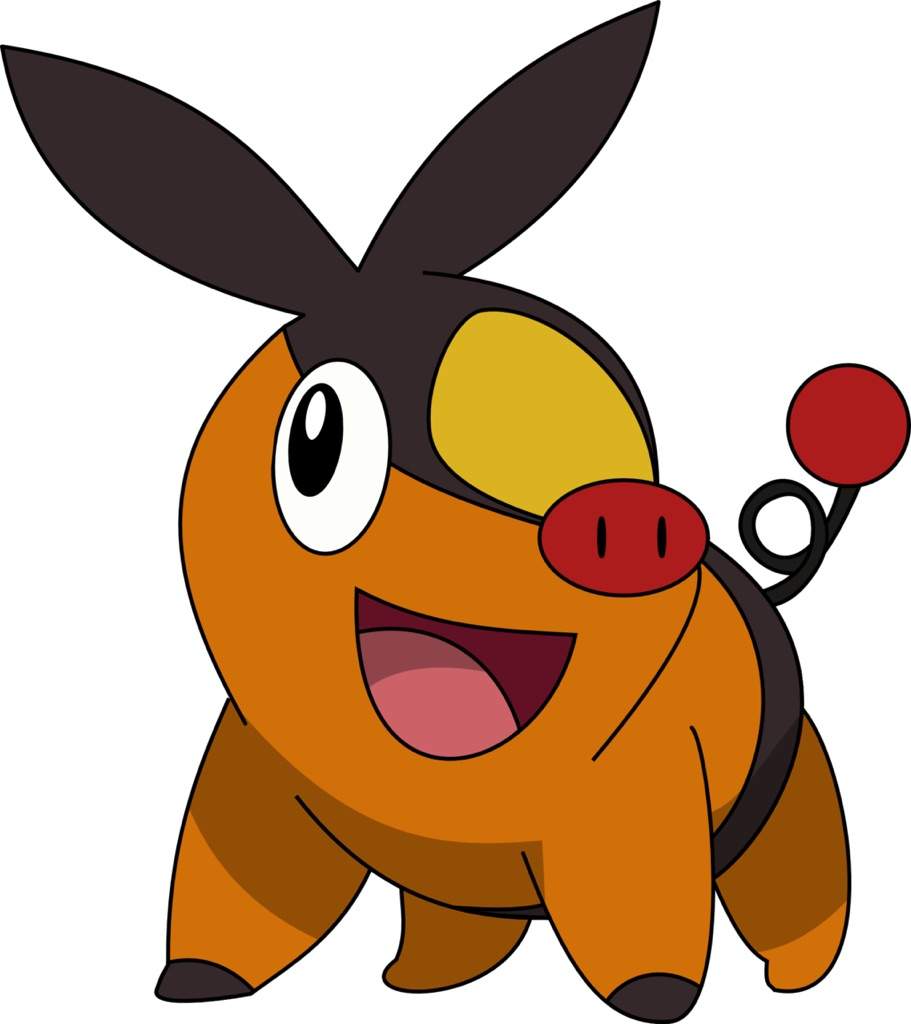
Be a dragon! Lay waste to your foes with your claws, bite, and fire breath! Gather gold and bring it back to your lair to grow in power! Bask in the adoration of your kobold followers! (Also you're a circle for some reason. This is Dragondot 3, you should be used to that by now.)
An action-adventure game full of secrets to find and new abilities to gain, drawing inspiration from the Legend of Zelda series among others. Map exploration, skills gained, and hoard stockpiled are all saved persistently, so you can continue your adventure across multiple sessions. Featuring over twenty different types of creatures to encounter, over twenty different skills to acquire (some with multiple upgrade levels), over a hundred map screens to explore (not even counting the dungeons, tunnels, and secret caves!) -- all packed into a single cozy little pico-8 cartridge.




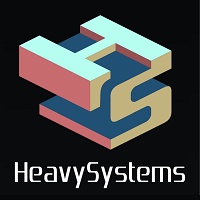



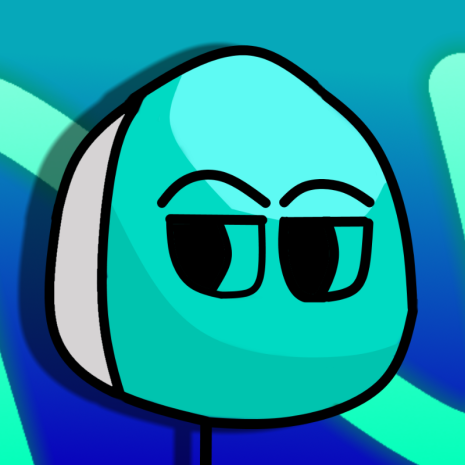






 9 comments
9 comments

